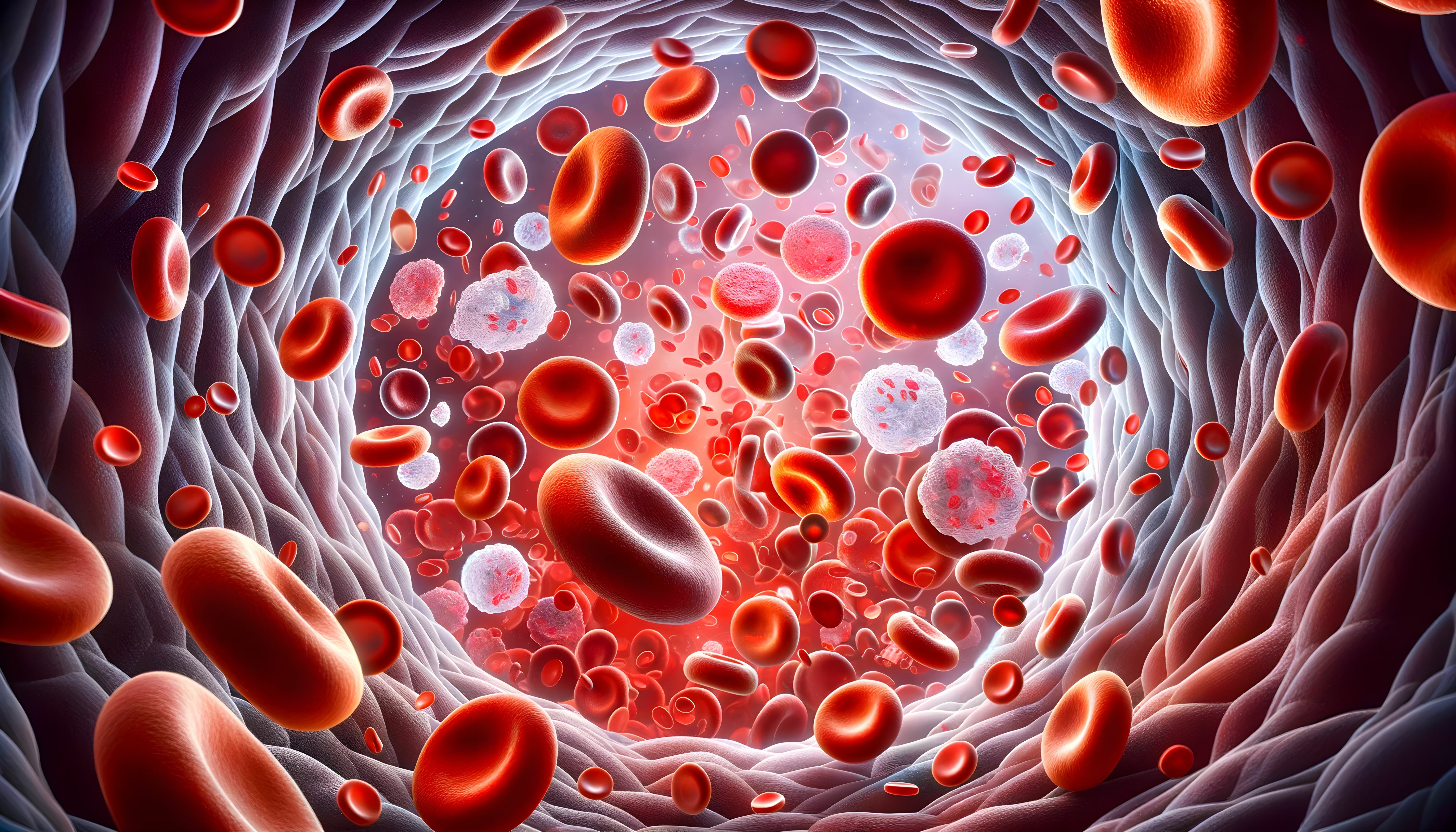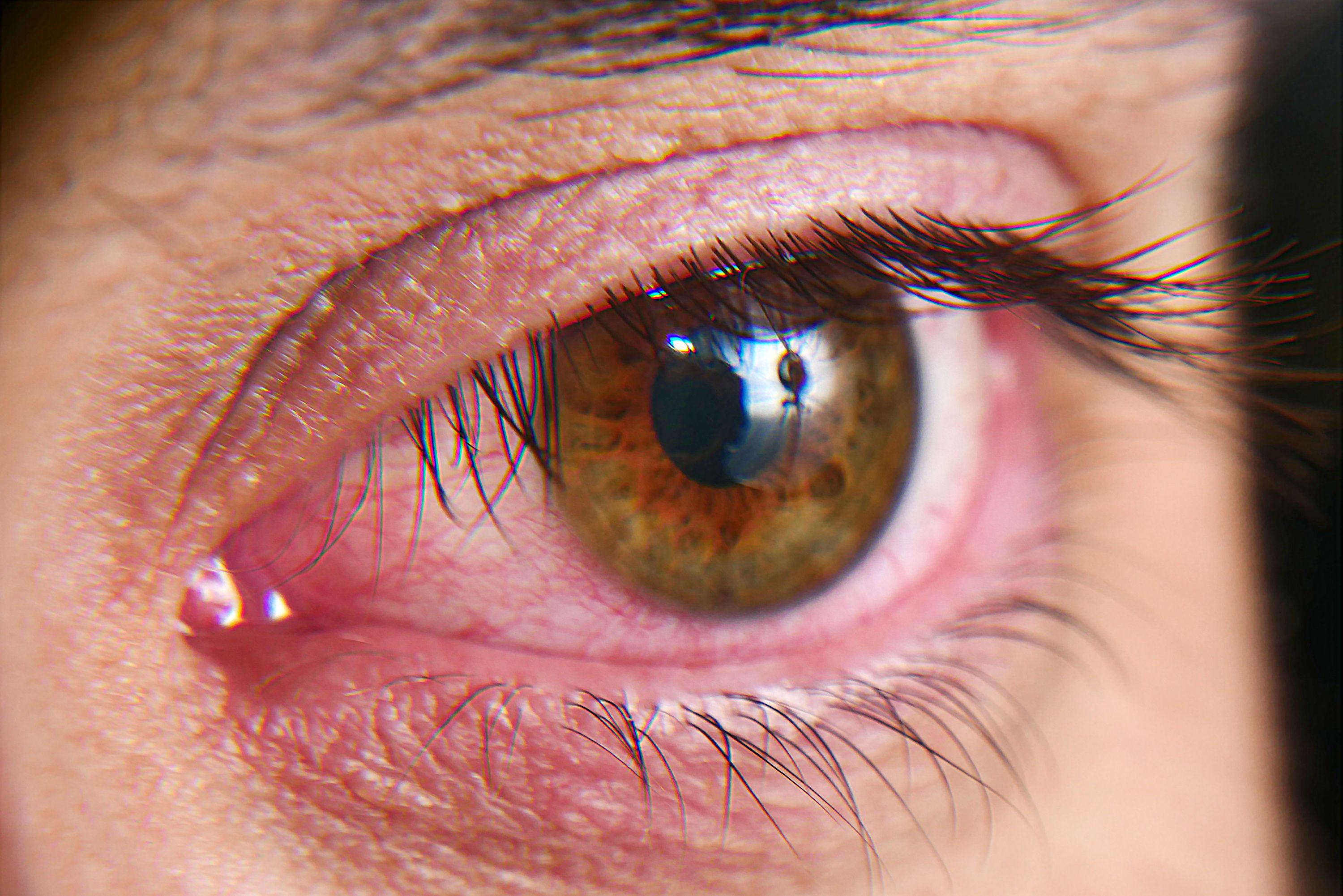News
Video
Distortion, Central Blurriness Among Major Symptoms of AMD
Author(s):
Paul Hahn, MD, PhD, discussed signs and symptoms of age-related macular degeneration (AMD) during AMD Awareness Month.
Age-related macular degeneration (AMD) is a major cause of vision loss in the western world, making it a vital condition to be aware of when looking for symptoms. Paul Hahn, MD, PhD, a retina specialist at NJRetina, explained what AMD is and what to look out for if a patient suspects that they have AMD.
This transcript has been lightly edited for clarity; captions were auto-generated.
Transcript
What is AMD?
[AMD] is a disease which is really important for us to understand, because it actually has been the biggest cause of irreversible vision loss in the western world. To explain macular degeneration, I think it's useful to first understand some of the vocabulary. So this is a retinal disease, and the retina is the tissue in the back of the eye which converts light into a signal that the brain can understand. The macula is the center portion of that retina. That's the portion of the retina that serves most of our vision. About 90% of our vision is within the macula, and certainly the more important parts of the vision are there, such as our ability to see each other, our ability to read, to watch TV, to drive; all that important vision is within the macula. So [AMD] is a degeneration of that central macula that causes loss of central vision over time.
What are signs and symptoms to look for if a patient suspects AMD?
When we're thinking of AMD, it's useful to think about 2 different subtypes of AMD. Everyone with AMD starts off with what we call dry AMD, and this results in slow but progressive and inexorable deterioration of vision over the course of years or even decades. In patients with this condition, which leads to patches of atrophy, or commonly known these days as geographic atrophy, macular degeneration, at this stage, may cause patients to lose patches of vision, or just kind of nondescriptly, lose their ability to see with that central vision. About 10% to 15% of these patients with macular degeneration can also develop what we call wet macular degeneration, and this is where abnormal blood vessels grow into the retina like bad weeds, and they bleed and they cause other problems with scarring into that central vision. This can result in more rapid loss of vision, typically over the course of days to weeks to months. And those symptoms, in addition to just being general, central blurriness, can also include distortion, where straight lines can appear wavy, and that is one of the more characteristic hallmarks of things like wet macular degeneration. If someone experiences that, it's very important for them to seek out care immediately, probably from a retina specialist who can manage these types of retinal conditions.

Navigating Sport-Related Neurospine Injuries, Surgery, and Managed Care




